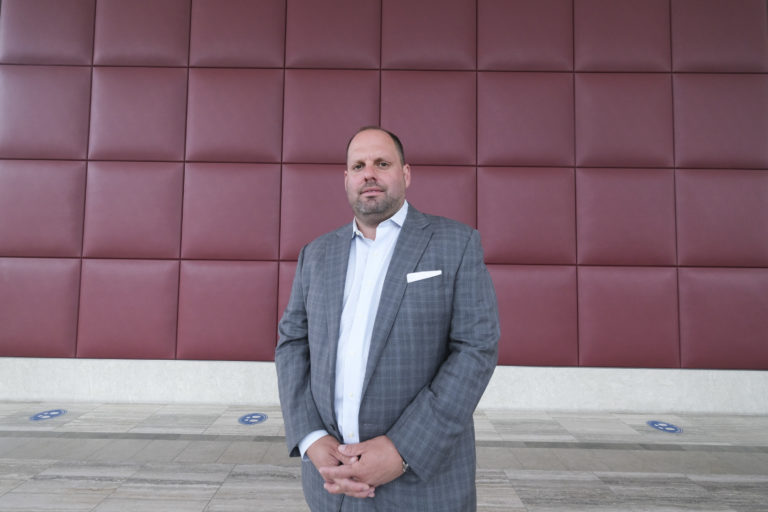
The Small Business Administration’s lending program better known as the PPP was opened in March of last year. The initiative was part of a series of federal emergency measures designed to avoid economic calamity in the wake of Covid-related shutdowns.
Its rollout was quick and messy, with the original $349 billion allocated to the program drying up in less than two weeks.
Although the PPP later received a $310 billion refill from the federal government, numerous small businesses missed these funds during a critical period. Many of the changes to the PPP in its latest round, which opened for general applications Jan. 19, are designed to address these issues.
Perhaps most significant among these changes for local businesses is what the SBA describes as a “second-draw” loan, which gives companies the ability to apply for more PPP funding even if they already received funds.
“The majority of our borrowers (in this new round) — something like 75% — are second-draw borrowers,” said Alex Cohen, chief executive of small business lender Liberty SBF.
Liberty’s leadership and most of its staff are based in Mid-Wilshire, although the company is legally headquartered in Philadelphia.
Cohen said this change will allow businesses in sectors hit hardest by Covid to get funds they need to survive restricted operating conditions or outright shutdowns.
“There are a huge amount of restaurants and hospitality (businesses) in Los Angeles,” Cohen said. “Especially with the latest round of shutdowns and closures in L.A., those industries have been impacted severely.”
A number of other changes to the new PPP round also give priority to some of the hardest-hit small businesses in L.A.
Only companies that can demonstrate that revenues were off 25% for at least one quarter last year relative to 2019 levels are eligible for second-draw PPP loans.
draw loan is $2 million, compared with $10 million in the prior round. Companies in specific sectors such as hotels and restaurants can also apply for more funds than average businesses.
Taken together, these changes likely mean second-draw PPP loans will be much more concentrated in specific industries than the original loans last year, according to USC entrepreneurship professor and small business consultant Steven Mednick. “Most people that could apply in the first round did, so it was widespread from an industry perspective,” Mednick said. “For the second PPP, you are going to see a lot more business owners in certain sectors like salons, barber shops (and) restaurants.”
Loan forgiveness process
Loan forgiveness process
In prior PPP rounds, borrowers with loans of $50,000 or less could fill out a simplified form that provided what Liberty SBF’s Cohen called “essentially auto-forgiveness.” That threshold has been raised to $150,000 in the new PPP round, greatly broadening the range of businesses eligible for fast and simple forgiveness. Critically, this new provision also applies retroactively to PPP loans from prior rounds.
This change could be particularly impactful for local startups in Silicon Beach, according to Healy Jones, vice president at startup consultancy Kruze Consulting Inc. According to Jones’ firm, only about 8% of venture capital-backed startups had loans that met the original $50,000 forgiveness requirement. Kruze estimates that more than half of U.S. venture-backed startups’ PPP loans are within the new threshold. “This is going to help them a lot,” Jones said.
For startups already operating on shoestring budgets, Jones said days spent gathering paperwork and navigating more complex forgiveness applications could have been a tangible drag on manpower resources.
Payroll tax credits
Payroll tax credits
Under previous rules, businesses could only apply for the PPP or the ERC, not both. That changed with this round of PPP, making local startups eligible for a whole new financial assistance program. “It’s big. This (is) the thing all the accounting nerds are getting excited to help their clients with,” Jones said. “You can look back the previous year and get those credits. That is going to help a lot of startups reduce their super near-term expenses.”
On the whole, industry watchers say these changes have greatly improved the PPP, making it a more effective program, better targeted at the businesses with the most need. Whether it will be enough to support vulnerable businesses through the end of the pandemic, however, is yet to be seen.
